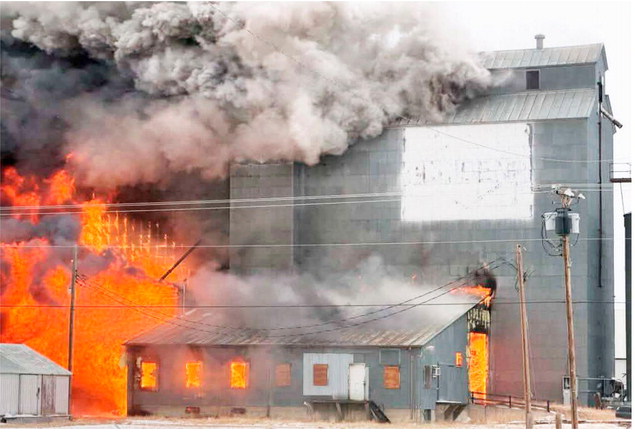Gray said the potential applications ….
Gray said the potential applications of hemp are vast. “It can be used for everything and anything from car doors to speakers to clothing to bioplastic,” he said. Varieties grown for grain find their way into protein powders, granola bars and milk substitutes.
Gray said hemp grown for CBD became ensnared in a “get rich quick” rush that has since started to level out, both statewide and nationally.
Markets factored heavily into the arguments posed by the defendants in their trial brief. Mark Parker, a Billings- based attorney for several of the defendants, argued that the businessmen’s dealings weren’t representative of fraudulent or deceptive business practices so much as a reflection of the boom-andbust economic cycles that have been associated with everything from the fur trade and copper mining to oil extraction and heirloom grain varieties. The brief also hints that the plaintiffs’ unfamiliarity with CBD oil production contributed to the outcome.
“Without a doubt, most of [the farmers] signed contracts for money,” the brief reads. “When it came time to go back into the market and sell the commodity, the market had so profoundly collapsed, there was no money to honor the commitments. Thus, about everyone began blaming each other for the collapse, but the cause is clear — it is part of the human condition.”
That argument doesn’t hold much water with Johnson, who laughed when asked if he thinks there’s merit to it. “That’s why the farmers entered into the contract in the first place, so they wouldn’t have to endure boom and bust cycles,” he said. “It was a set price for them.”
By the time the eastern Montana farmers were able to seek other buyers for their product without fear of legal retribution from USA Biofuels, it had been sitting out in the elements for several seasons, and supply was starting to catch up to demand.
“Because of the 2018 farm bill [which clarified legal hemp production], national acres were way way up [in 2019], so there was a lot of hemp grown nationally,” Gray said. “With all that supply, it kind of crashed the market on the CBD price of hemp.” In 2019, about 60,000 acres of hemp were planted in Montana. By 2020, that number had dropped to close to 12,000 acres.
Montana has seen a flipflop in the percentage of hemp grown for CBD as compared to hemp grown for grain or fiber in the last couple of years. Gray said that in 2018 and 2019, 80 percent to 90 percent of the hemp plants grown in Montana were CBD varieties, with the remainder being fiber or grain varieties. In 2020, 80 percent of Montana hemp was grown for grain or fiber, and 20 percent for CBD.
Gray said hemp production in Montana has seen plenty of fluctuations in the last three or four years, but he still thinks there’s a path forward for farmers who want to grow the crop. “We see a future for hemp in Montana, primarily in the grain and fiber segment [of the market.]”

